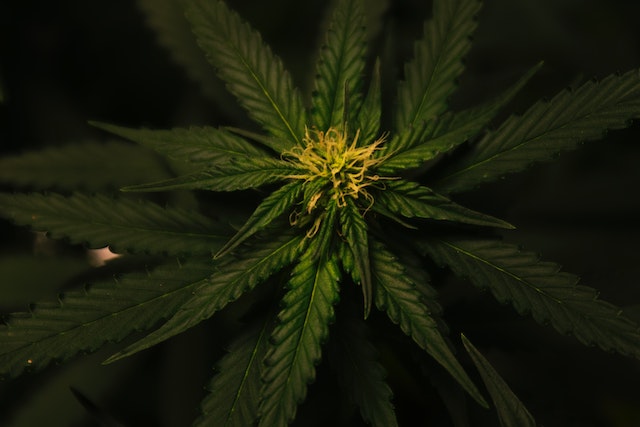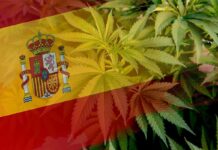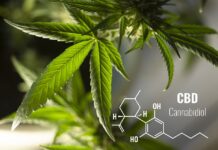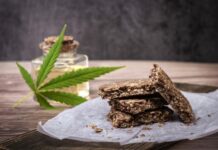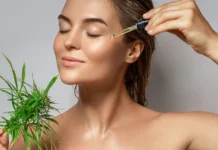The Farm Bill was only signed into law in 2018, so we’ve had a very short amount of time to familiarize ourselves with the terminology surrounding cannabis and related products. When you’ve never been able to buy such products legally before, it’s only natural that you won’t be familiar with certain plants and terms.
However, the more you know, the more well-informed your purchasing decisions can be. Before shopping with a reputable CBD business, take the time to learn about the following cannabis terms.
1. Cannabis
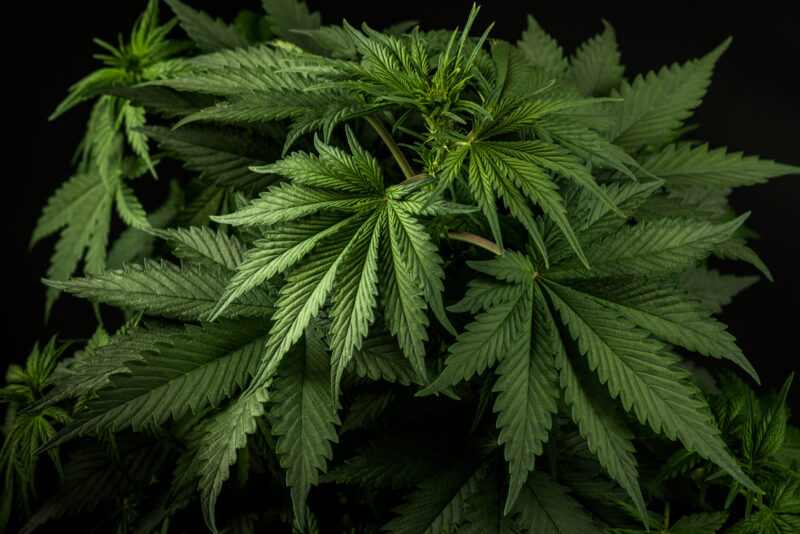
Cannabis, from the Cannabaceae family, is a genus of flowering plants. We use it as an umbrella term for the psychoactive drug, but it’s more traditionally known as a plant with at least three species: sativa, indica, and ruderalis.
According to SecretnatureCBD.com, you can purchase a range of products like vape cartridges with those cannabis strains. Indica cannabis is a short and stocky plant with thick buds, while sativa plants have long, light green buds. Ruderalis is less commonly known and used, and this plant is a low-THC variety native to central and eastern Europe.
2. Marijuana
You’re not alone if you’re confused about marijuana being used interchangeably with cannabis. It can sometimes seem like many different words describe the same type of plant. While some people do use cannabis and marijuana when referring to the same thing, marijuana is more commonly used to describe products or parts from the cannabis sativa plant with high THC amounts. In most cases, this means female plants and their dried flowers. Cannabis plants with more than 0.3% THC are legally marijuana.
3. Hemp
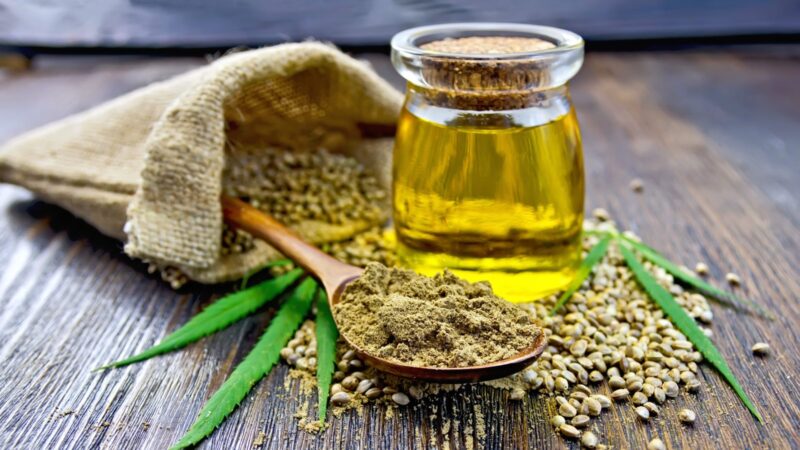
Hemp is cannabis sativa grown for industrial or medicinal use with lower THC concentrations and higher cannabidiol (CBD) concentrations than cannabis. While we hear a lot about hemp in the medicinal industry for health today, it’s nothing new or modern. Instead, it has been around for tens of thousands of years. Hemp was among the first plants to be spun into fibers 50,000 years ago, and it’s also easily refined into textiles, clothing, paint, paper, and animal feed, just to name a few.
4. Cannabinoids
Cannabinoids are compounds in the cannabis plant. While there are over 100 of them that we know about, most of us are only familiar with at least two of the most well-known ones: tetrahydrocannabinol (THC) and cannabidiol (CBD).
THC is a psychoactive component in the cannabis plant that causes psychoactive effects. Israeli chemist Raphael Mechoulam was responsible for discovering and isolating THC in Israel in 1964. We then learned that THC was absorbed into the bloodstream when smoked and would travel to the brain before attaching itself to our endocannabinoid receptors.
CBD is a phytocannabinoid that we’ve known about since 1940. It’s an active ingredient in the cannabis plant and is derived from marijuana’s cousin – the hemp plant. Unlike THC, CBD doesn’t cause a high and is the subject of many studies looking to gauge whether it’s beneficial for pain, anxiety, depression symptoms, and other ailments.
5. Vaporizers/Vapes

E-cigarettes and vape products were initially created to help people quit smoking. Manufacturers would create vape oils with propylene glycol and vegetable glycerine and add nicotine to help people transition from cigarettes to something potentially less harmful.
However, when the Farm Bill was passed in 2018, manufacturers started toying with the idea of creating CBD and THC vapes. You can now purchase vaporizers or vape products specially designed for inhaling CBD or THC vapor.
6. Concentrates
Concentrates are potent concentrations of cannabinoids that are made by dissolving marijuana into a solvent. It’s also used to describe oil or wax you smoke, vaporize, or apply under the tongue. Many concentrates have high THC levels and are available in a range of products like oil and wax.
7. Trichomes

Many of us now know that cannabinoids are the key compounds of cannabis plants. What you may not know is that those cannabinoids are produced on stalked glandular trichomes, which can be found on the female flowers.
The trichomes produce cannabinoid-containing resin, like cannabidiolic acid or tetrahydrocannabinolic acid. Interestingly, many manufacturers spend more time and money on improving flower yields than finding out more about trichomes, which are often thought to play a pivotal role in plant development.
8. Edibles
When you think about marijuana, you might picture someone smoking a joint made from CBD or THC flowers. However, smoking is not the only way to consume CBD and THC. You can also purchase edibles, which manufacturers make using THC, CBD, or both. Gummies remain one of the most popular options in the edibles range, but it now has stiff competition. Manufacturers are getting creative with all manner of different edibles options, such as:
- Chocolate
- Candy
- Cookies
- Fudge
- Lollipops
- Energy drinks
- Soda
- Sauces and dressings
If you’re looking for a convenient or delicious way to consume THC or CBD, edibles might be a satisfying option. While you can sometimes purchase singular edibles that you can consume in one sitting, many manufacturers also offer packages of multiple edibles. Fortunately, they provide consumption guidance on the packaging to ensure you only consume as much as you need in one sitting.
9. Pre-Roll
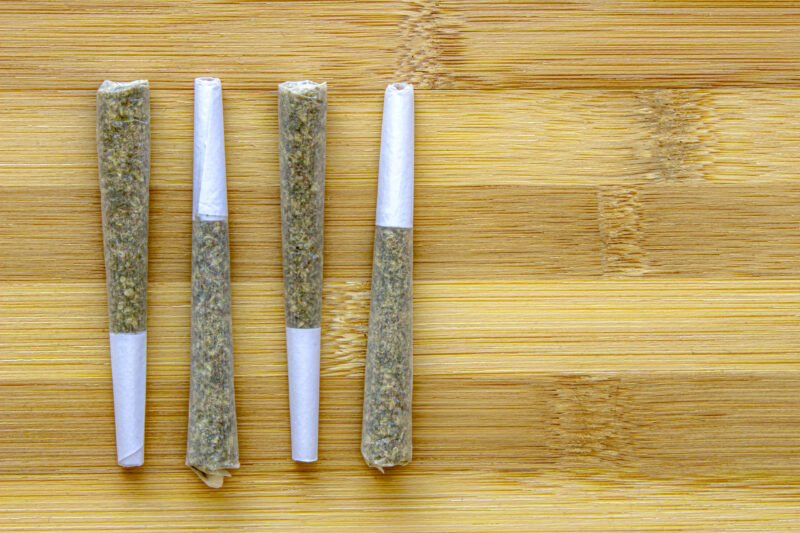
Many people purchase cannabis flower, cut them up, and roll them into joints themselves. However, not everyone has mastered the art of joint rolling, nor do they always have the required equipment or skills to roll them to a high standard.
Manufacturers have come up with a solution to that problem. You can now purchase THC and CBD pre-rolled joints. These are usually available in packs of three and five and can be an ideal option when you’re unsure how to roll your own joints or don’t have time.
10. Tinctures
Many people rely on CBD tinctures to ease their aches and pains. They are among the most popular CBD products on the market. In saying that, not everyone knows what a tincture is. Tinctures are the final product after cannabis plants are stripped of their most beneficial cannabinoids and procured through alcohol extraction. They are generally manufactured with carrier oils like glycerine or coconut oil and are most often applied under the tongue.
The world of cannabis is overwhelming, and there’s so much we don’t yet know. However, now that you’ve familiarized yourself with these common terms above, you might find shopping for products to suit your unique needs much easier.

